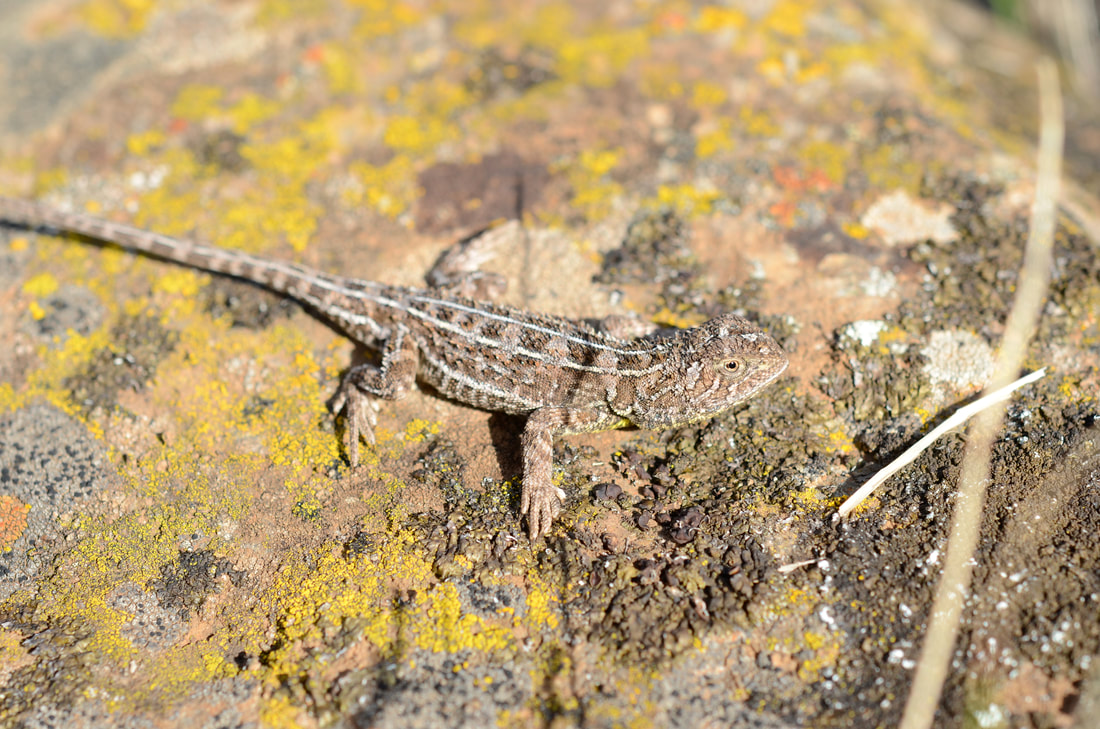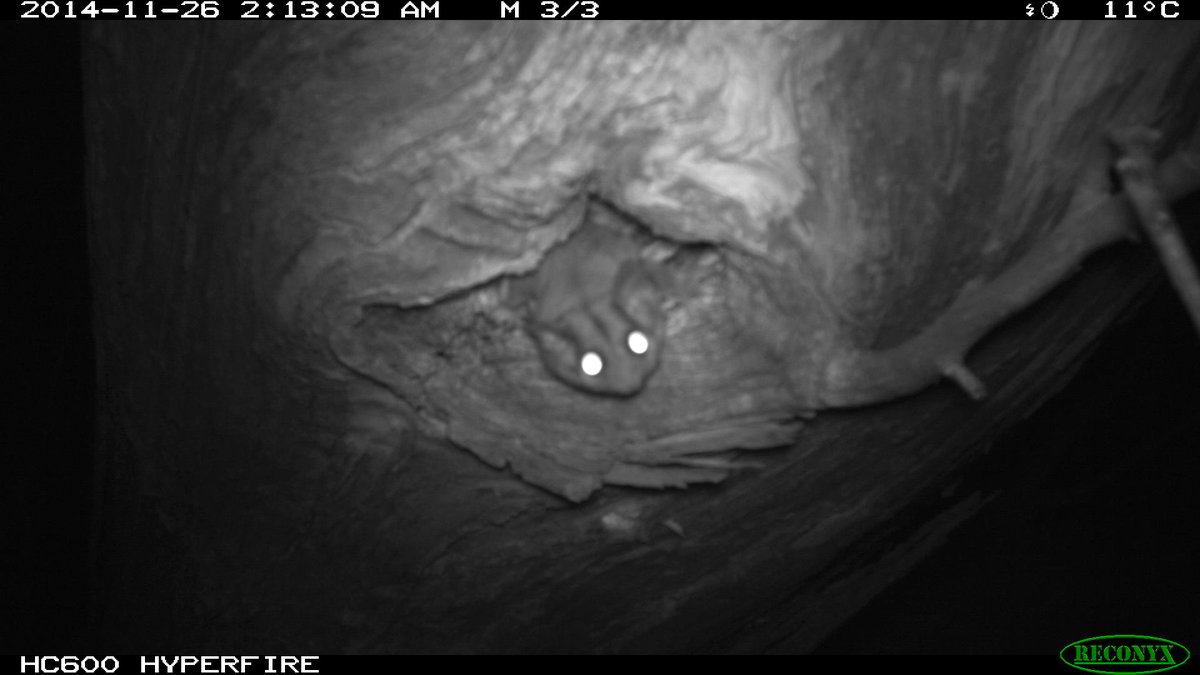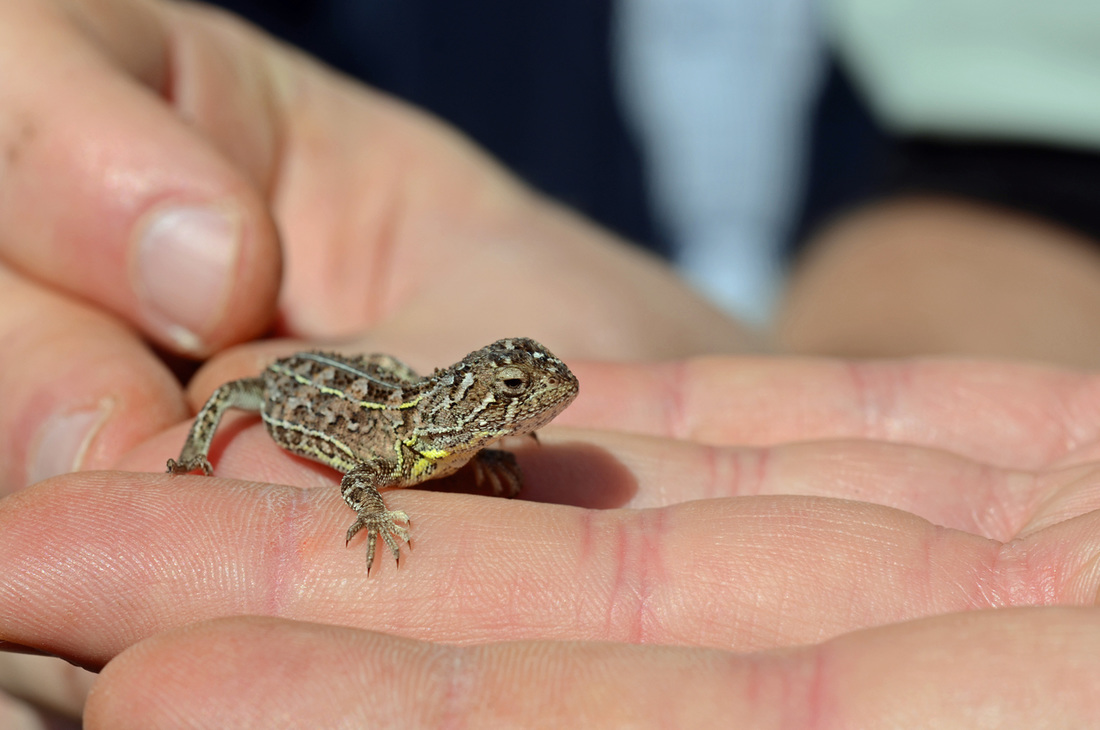Anna MacDonaldI'm a biologist with interests in genetics, conservation, ecology, invasive species, and wildlife management. Archives
May 2019
Categories
All
|
Back to Blog
Click here to read the full post at WildlifeSNPits I’ve used some of these photos in previous posts (here and here), but now I need to post an update. This little dragon is now known as the Monaro grassland earless dragon.
I’m excited to be a co-author on the paper, published last week in Royal Society Open Science (open access), that describes this species. This research combines several methods (phylogeography, phylogenomics, external morphology, micro X-ray CT scans) to review the grassland earless dragons of south-eastern Australia. It also shows how historic museum specimens can be important to understanding current biodiversity...
0 Comments
Read More
Back to Blog
Click here to read the full post at WildlifeSNPits.
Anna I’ve selected three favourite papers from 2018: a research study, a think piece and a technical review. I was really excited to read “Digging mammals contribute to rhizosphere fungal community composition and seedling growth” (subscription) because I’m interested in how conservation management actions – in this case conservation and potential reintroduction of digging mammals – may have broader ecological impacts – in this case on ectomycorrhizal fungal diversity and fungal-plant interactions. Plus there are bandicoots involved. Best way to get my attention! The authors compared seedling growth and diversity of rhizosphere fungi in soil samples from inside and outside predator-proof sanctuaries (fenced reserves that protect digging mammals from introduced predators). They found that the presence of digging mammals was beneficial for growth of seedlings of a key forest tree species, and influenced ectomycorrhizal fungal community composition. Why is this important: digging mammals have declined dramatically all over Australia, and now we are starting to uncover the ecosystem services that have been lost with them… but that we may be able to restore....
Back to Blog
Click here to read the full post at WildlifeSNPits. When is a native species also invasive, and how can we tell? This may seem a strange question, but it highlights the difficulty we sometimes face determining the boundaries of the area in which a species naturally occurs. Especially when detection is imperfect and those boundaries may change over time. Animals move. Plants move. Sometimes a species will naturally move into a new area, and we recognise this as a range expansion. At other times, a species may only be able to move to a new area with human help (deliberate or unintentional), and this may create a new, invasive population. Think about Australia. If I asked you to name an invasive mammal, you might choose a fox, cat, rabbit or pig. These are clearly not native to Australia. What if I ask you to name a native mammal? Maybe you chose a red kangaroo or a wombat? They are both native to Australia, but they are not native to ALL of Australia. If we were to move a native species to a new part of the country where it had never previously occurred, it may not find the resources it needs to survive, but if it did, we may have created a new invasive population – an invasive native... Photo credit Dejan Stojanovic
Back to Blog
Click here to read the full post at WildlifeSNPits
This week, we have a new paper published online in the journal Conservation Genetics, with former Honours student Emma Carlson as lead author. The paper is titled “How many conservation units are there for the endangered grassland earless dragons?” Yes, that’s right, dragons! But not the fire-breathing sort. The grassland earless dragon (Tympanocyrptis pinguicolla) is a feisty, but tiny, agamid lizard from south-eastern Australia. As you can see from the pictures below, they can also be incredibly cute! |
 RSS Feed
RSS Feed


